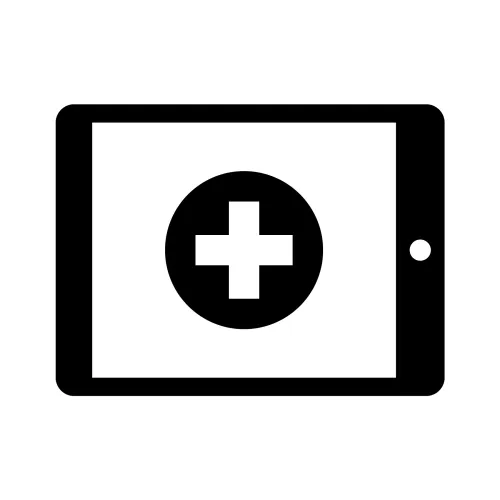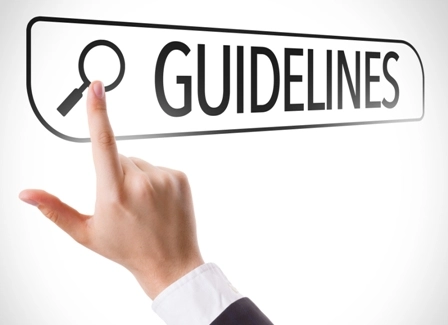EM Coding Alert
Understand These Codes, Document Transitional Care With Ease

Know these five simple rules to manage 99495 and 99496 effectively.
They may have an overwhelming number of guidelines. But the transitional care management (TCM) codes 99495 (Transitional care management services with … medical decision making of at least moderate complexity …) and 99496 (… medical decision making of high complexity …) are useful tools when it comes to document patient transfers from an inpatient hospital setting to home.
That’s why we put together this guide to help you navigate 99495 and 99496 easily and effectively. All you need to do is follow these five rules and you’ll be coding for TCM like a pro in no time.
Rule 1: Know Your Locations
First of all, you’ll need to make sure you know where your patient is coming from and where he or she is going to. “Patients must be transitioning from a hospital setting other than the emergency department (ED) or from a skilled nursing facility (SNF)/nursing facility setting to a community setting, such as their home or assisted living. Patients going from one facility setting to another, for example from a hospital to a SNF, are not transitioning for purposes of TCM, nor are patients who are going from the ED to a community setting,”
explains Kent Moore, senior strategist for physician payment at the American Academy of Family Physicians.
Rule 2: Know Your Levels
Next, you will need to determine the level of medical decision making (MDM) needed to help the patient make the transition. “Patients must meet at least a moderate level of complexity of medical decision making (MDM) to use the codes. Patients with straightforward or low-level complexity MDM do not qualify,” Moore notes.
If your patient meets the moderate level of MDM complexity, you can code 99495, assuming all other conditions are met; a patient who meets a high-complexity MDM level may be coded with 99496, again, if all other conditions are met.
Rule 3: Know Your Timeframes
To code 99495 and 99496 successfully, you will also have to keep a close eye on the calendar. That’s because “these codes require a face-to-face visit, initial patient contact, and medication reconciliation all within a specific timeframe,” according to Sherika Charles, CDIP, CCS, CPC, CPMA, compliance analyst with UT Southwestern Medical Center in Dallas, Texas. “At a minimum, in addition to documenting the complexity of medical decision making, you will need to document the date of the beneficiary’s discharge; the date your provider, a qualified healthcare professional [QHP], or a member of your clinical staff initiated interactive contact with that beneficiary or the beneficiary’s caretaker; and the date your provider, a QHP, or member of your clinical staff furnished a face-to-face visit,” Charles adds.
For both 99495 and 99496, that means documenting that your provider, a QHP, or a member of your clinical staff initiated “communication (direct contact, telephone, electronic) with the patient and/or caregiver within 2 business days of discharge” per the code descriptors.
However, the dates of the face-to-face visit differ between the codes. For 99495, that visit has to occur “within 14 calendar days of discharge,” per the code’s descriptor. Due to the higher level of MDM required for 99496, CPT® pushes that date forward to seven calendar days after discharge.
TCM begins with the date of discharge and continues for the next 29 days. During that time, clinical staff under the physician’s supervision may provide the patient (or the patient’s guardian, family members, or caretaker) with:
- communication … regarding aspects of care;
- communication with home health agencies and other community services utilized by the patient;
- … education to support self-management, independent living, and activities of daily living;
- assessment and support for treatment regimen adherence and medication management;
- identification of available community and health resources; and
- facilitating access to care and services needed by the patient and/or family.
Coding alert 1: “The first face-to-face visit within the TCM period is included in the TCM codes and cannot be reported separately, but additional face-to-face visits within the TCM period are separately reportable,” Moore notes.
Coding alert 2: For 99496, if the face-to-face visit takes place more than seven calendar days after discharge (i.e., if it takes place between day eight and day 14), you will have to code 99495 instead.
Coding alert 3: CPT® notes that if the individual attempting to contact the patient fails to make contact after two attempts “made in a timely manner,” you can still bill for TCM providing all the “other transitional care management criteria are met.”
Rule 4: Know What Else to Document …
Along with all the other things you should document, 99495 and 99496 require you to document instances of the physician or QHP:
- “obtaining and reviewing the discharge information (eg, discharge summary, as available, or continuity of care documents);
- “reviewing need for or follow-up on pending diagnostic tests and treatments;
- “interaction with other qualified health care professionals who will assume or reassume care of the patient’s system-specific problems;
- “education of patient, family, guardian, and/or caregiver;
- “establishment or reestablishment of referrals and arranging for needed community resources;
- “assistance in scheduling any required follow-up with community providers and services.”
Rule 5: … and What You Should Not
You should also pay very close attention to the list of services that CPT® says you cannot report with 99495 and 99496. “For instance, TCM is part of the service offered when providing chronic care management [CCM], so you can’t report TCM during the same period of time you’re reporting CCM for the same patient,” Moore notes. In other words, “all of these codes include components of 99495 and 99496, which would be double-dipping,” concludes Charles.
(For more information on transitional care services, consult www.cms.gov/Outreach-and-Education/Medicare-Learning-Network-MLN/MLNProducts/Downloads/Transitional-Care-Management-Services-Fact-Sheet-ICN908628.pdf.).
Related Articles
EM Coding Alert
- Guidelines:
Take These 3 Tips to Get Time on Your Side
Learn how to employ the “counseling exception” correctly. No matter what your specialty, your providers [...] - Transitional Care:
Understand These Codes, Document Transitional Care With Ease
Know these five simple rules to manage 99495 and 99496 effectively. They may have an [...] - Specialty Spotlight:
Know When, When Not to Use E/M Codes for Pre-Colonoscopy Screenings
Hint: patient dx key to reporting 99201-99215 in addition to colonoscopy code. One of the [...] - You Be the Coder:
Keep Track of Time, Report Observation Care Correctly
Question: Since 99234-99236 require at least eight hours in observation, do we need to track [...] - Reader Question:
Be Critical When Coding This ED Encounter
Question: A patient became unresponsive in the ED and the physician began critical care but [...] - Reader Question:
Look to Management Options, Resolve This Risk-Level Riddle
Question: I’m trying to determine the level of risk in the following encounter: a patient [...]




